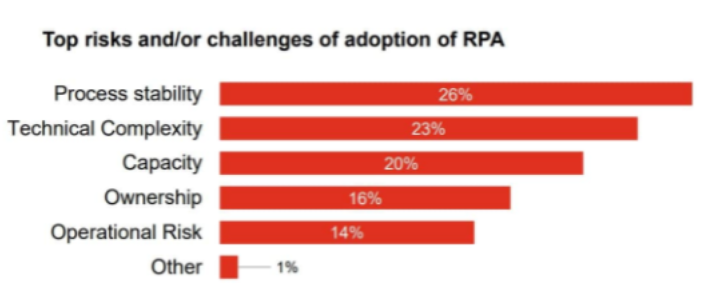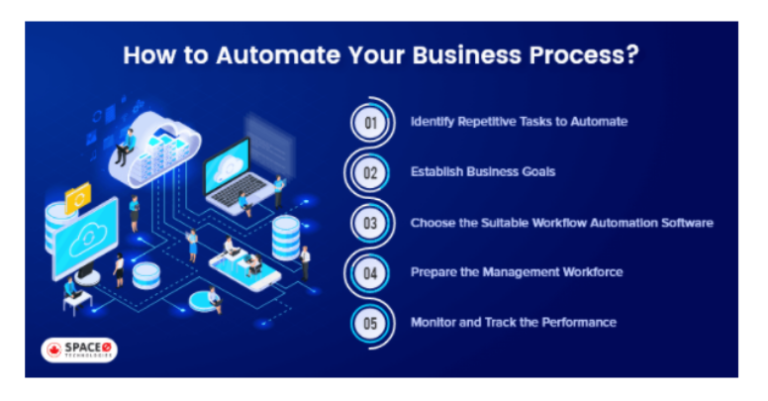Robotic Process Automation (RPA) has been instrumental in driving faster business results across all divisions of most organizations. This is mainly because it gives you the luxury of building your software bots to automate desired business processes. Organizations have finally started to work on the concept of “automate or die” in their business strategies.
However, implementing a successful RPA project may not be easy for many organizations.
A recent survey reveals that over 40% of RPA projects fail to deliver results due to a lack of appropriate process selection, clear strategy, and accountability.
Other surveys of RPA customers also show companies struggling with these pitfalls.
PwC’s survey also highlighted similar issues.

Now that you know RPA pitfalls, you could benefit from our article, read ahead.
When you implement and profit from robotic process automation “smart”, you need to be on your guard against the pitfalls to avoid from the start. To be realistic, we must admit and accept our fallibility and avoid unrealistic expectations. It is clear that projects sometimes fail, for various reasons.

Following is a list of 7 areas that need your attention if you are craving a smoother RPA transformation.
1. Identifying the right process to Automate
Identifying the right process to automate involves thorough analysis and evaluation, considering factors like efficiency gains, repetitive tasks, scalability, and impact on overall business goals before implementation.
2. Choosing the right automation platform
It is essential to keep costs down and avoid any negative impact on productivity and bottom lines due to delayed deadlines.
3. Identifying backlog of automation.
Organizations need to ensure that they get the most out of that process. It would be wise to scale the robots according to the demands of the process.

4. Reimbursement for automation
As we get to the business end of the automation project, monitoring results and supporting the system are the keys to scale up your process for your business growth. You will need your software bots to deliver business intelligence to measure its performance and ROI.

5. Cultural resistance

Welcoming change in your organization is more difficult than you might think. Employees can have a lot of questions in mind. work patiently with them and address their concerns.
6. Ineffective change management
This is probably due to the cultural resistance of employees to embrace automation. If you want to automate a particular process, you need to optimize your existing workflow.
7. Choose the right partner
When contacting a partner for an automation project, make sure that they offer end-to-end automation services, and a comprehensive guide to training materials.
RPA has become instrumental to business processes and you need to ensure you are embracing the technology to make the most advantage of it if you hope to stay competitive.
